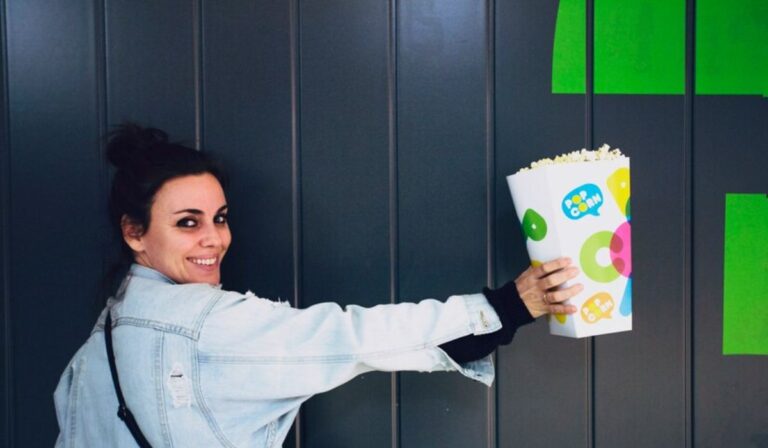Color is very essential in your poster’s design. It can emphasize important information/aspects, direct the viewer’s eye, and influence your audience’s reaction. The color design you choose for your posters can set the mood.
They can evoke different emotions in your viewers. So, it’s incredibly essential that you pay attention to the color of posters.
Here, we’ll help you understand all the basics of color in poster design.
Understanding the color theory
Colors are divided into primary, secondary, and tertiary level. The primary ones are green, blue, and red. At the same time, secondary colors are an equal mix of two primary colors. This can give you green, orange, and purple.
On the other hand, tertiary colors are where one primary color is more than the other. These tertiary colors include:
- Teal (blue-green)s
- Violet (blue-purple)
- Magenta (red-purple)
- Vermilion (red-orange)
- Amber (yellow-orange)
- Chartreuse (yellow-green)
One essential thing to note is that not all colors will work well for your posters.
Understanding color psychology
As stated above, color has the power to evoke emotion. So, you must understand its symbolism as you make your own poster. Here are some emotional responses that you can expect from colors:
Yellow
Yellow is the happiest color that you can use for your poster. It evokes feelings of warmth, energy, joy, welcome, brightness, energy, and intellect. What’s more, yellow symbolizes creativity, cheer, and optimism/enlightenment.
So, you can use it to instill confidence, happiness, self-esteem, and lift the spirit. However, you should not use too much yellow in your posters. It can lead to frustration/anger, anxiety, and irritation. Also, yellow is a no-go zone when it comes to texts, as it can make your content difficult to read!!
Red
Red is a stimulating color that is associated with energy, heat, and vitality. It can make one think of affection and love. It can also bring out the aspects of fear and blood. So, you can use red to make an emerging effect in your poster.
This red will serve as an attention grabber for your posters. However, it can also communicate warnings and dangers or aggression.
Blue
Blue represents peace, reliability, trust, security, and tranquility. It is associated with intellect, calmness, loyalty, & often masculinity. In addition, blue can make you think of airiness, coolness, and water. However, it also comes with the feeling of coldness, loneliness, and distance. So, if your poster goal is to evoke warmth, avoid using blue.
Purple
Purple represents loyalty, ambition, wealth, nobility, royalty, and luxury. It provokes imagination, creativity, and contemplation. The energy that comes from this color is soothing. So, you can consider using purple in your posters if you want to evoke imagination. However, do not overuse this color.
Bottom Line
Color can make your poster design stand out. However, you should not use too much color in your posters. For example, too much red or yellow can be distracting to your target audience. So, remember that less is more when it comes to poster color.

